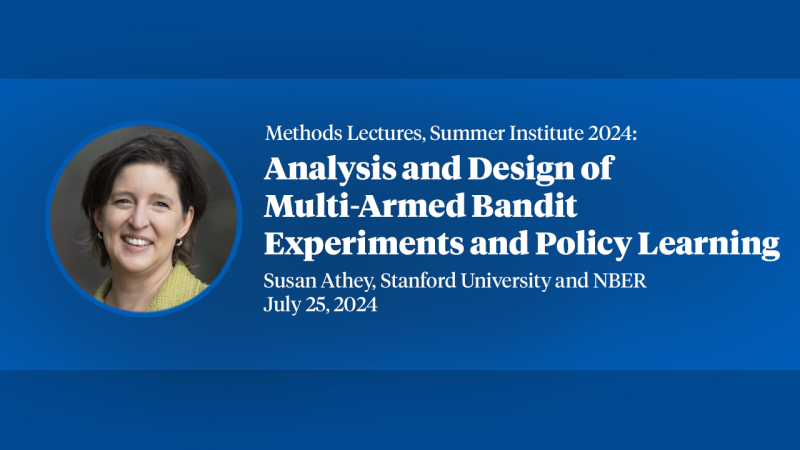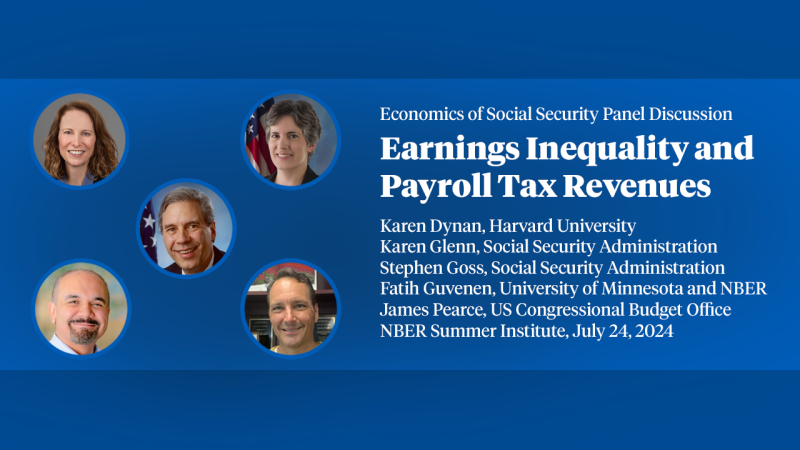The Effect of the H-1B Quota on Employment and Selection of Foreign-Born Labor
The H-1B program allows skilled foreign-born individuals to work in the United States. The annual quota on new H-1B visa issuances fell from 195,000 to 65,000 for employees of most firms in fiscal year 2004. However, this cap did not apply to new employees of colleges, universities, and non-profit research institutions. Additionally, existing H-1B holders seeking to renew their visa were also exempt from the quota. Using a triple difference approach, this paper demonstrates that cap restrictions significantly reduced the employment of new H-1B workers in for-profit firms relative to what would have occurred in an unconstrained environment. Employment of similar native workers in for profit firms did not change, however, consistently with a low degree of substitutability between H1B and native workers. The restriction also redistributed H-1Bs toward computer-related occupations, Indian-born workers, and firms using the H-1B program intensively.
Non-Technical Summaries
- Changes in H-1B visa availability instituted beginning in 2004 resulted in a greater concentration of India-born workers in computer-...
Published Versions
Anna Maria Mayda & Francesc Ortega & Giovanni Peri & Kevin Shih & Chad Sparber, 2018. "The Effect of the H-1B Quota on the Employment and Selection of Foreign-Born Labor," European Economic Review, . citation courtesy of ![]()


